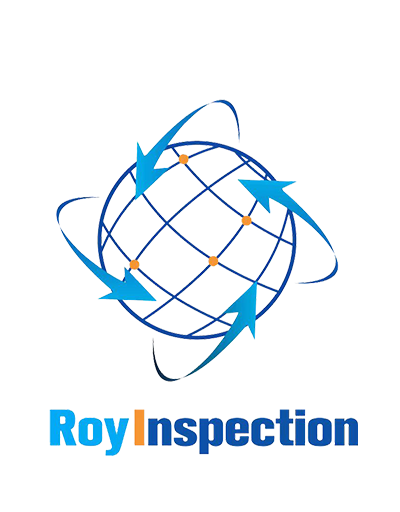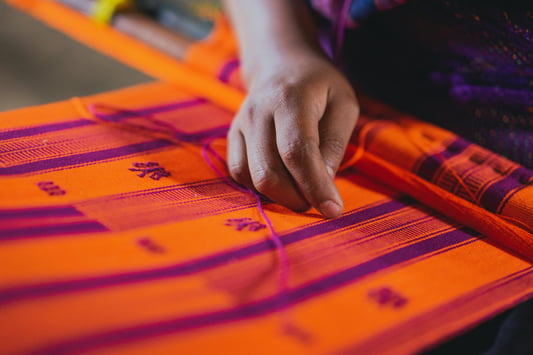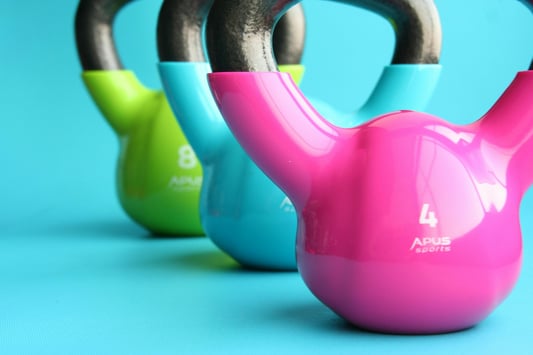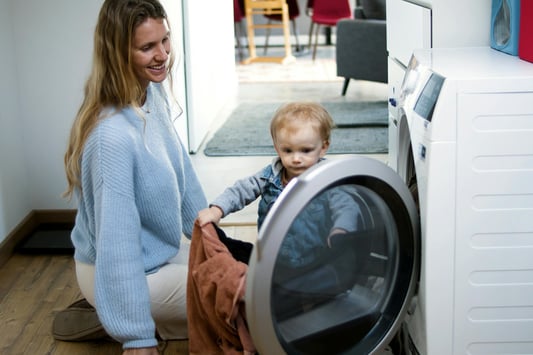Baby Gym Facilities: A Safe Haven for Your Little OnesBaby gym facilities offer a fun and educational environment for your little ones. However, before enrolling your child, it is essential to ensure that the facility is safe and secure for your baby to play, explore, and develop. This article will discuss the importance of baby gym Inspection and how it ensures that the environment is safe and stimulating for your baby.Why Baby Gym Inspection is ImperativeAs a parent, your child's safety is a top priority. Baby gym inspection is an essential process that ensures that the facility's equipment, toys, and premises meet safety standards. Inspections help identify potential hazards such as sharp edges, loose connections, or unsanitary conditions, and eliminate them before any accidents occur.What is Involved in Baby Gym InspectionBaby gym inspection is a rigorous process that involves checking the facility's safety protocols, ensuring that the equipment meets safety standards, and assessing the cleanliness and hygiene of the premises. The inspection team also evaluates the staff training and qualifications to ensure that they are adequately trained to take care of your baby.The Benefits of Baby Gym InspectionThe benefits of baby gym inspection are numerous. It ensures that the equipment is safe, clean, and free from potential hazards. It also ensures that the staff is adequately trained and qualified to take care of your baby. The inspection process gives parents peace of mind and allows them to trust that their child is in good hands.Preventing Accidents and Injuries in Baby GymsBaby gyms are an environment where babies and young children can explore, learn, and develop their motor skills. However, without proper safety protocols in place, they can be prone to accidents and injuries. Baby gym inspection helps prevent accidents and injuries by identifying and eliminating potential hazards, ensuring equipment is stable and secure, and providing adequate supervision and staff training.The Role of Parents in Baby Gym InspectionAs a parent, you are your child's best advocate. Ensure that the baby gym you intend to enroll your child in has undergone proper inspections and meets safety standards. It is also essential to be aware of the safety protocols and procedures in place and monitor your child to ensure their safety while in the facility.Choosing the Right Baby Gym FacilityWhen choosing a baby gym facility, you must consider several factors, including location, price, curriculum, and quality of equipment. It is also essential to conduct research and read reviews to ensure the facility is safe and reliable. A reputable baby gym should have a good track record, proper licensing, and an exceptional safety record.How Often Should Baby Gym Inspection Occur?Regular inspection plays a critical role in maintaining a safe and secure environment for your baby. Inspection should occur at least once a year, or more frequently if there are concerns about the facility's safety. During an inspection, any deficiencies should be identified, addressed, and corrected promptly.Importance of Compliance with Safety StandardsCompliance with safety standards is paramount in ensuring that the baby gym environment is safe and secure for your baby. It is the responsibility of the facility operator to comply with the local and national safety standards. Failure to comply with these standards can result in penalties, fines, and even closure of the facility.ConclusionIn summary, baby gym inspection is an essential process that helps create a safe and stimulating environment for your baby. Regular inspection plays a critical role in maintaining safety standards and ensuring that potential hazards are identified and eliminated promptly. As a parent, it is crucial to choose a reputable baby gym facility that adheres to safety standards and offers a secure learning environment for your child.Quote InquiryContact us!










